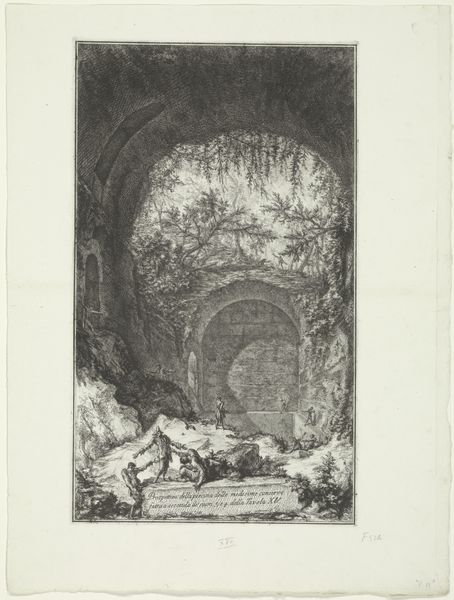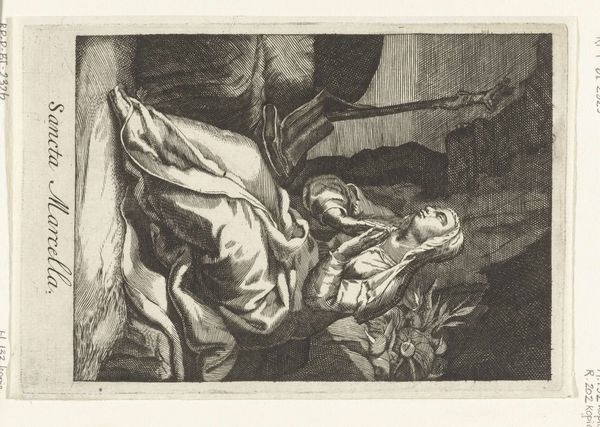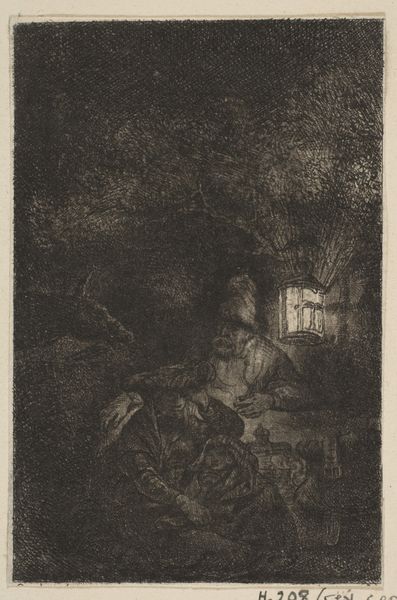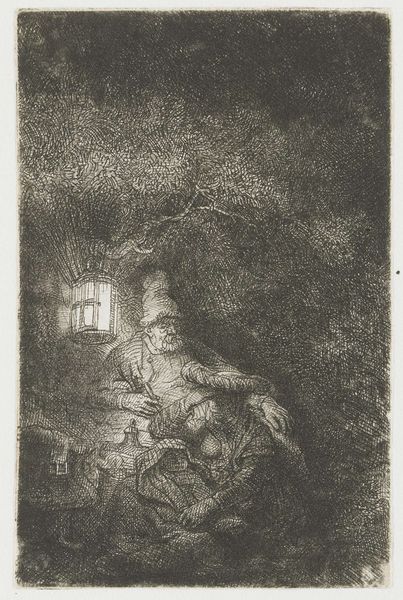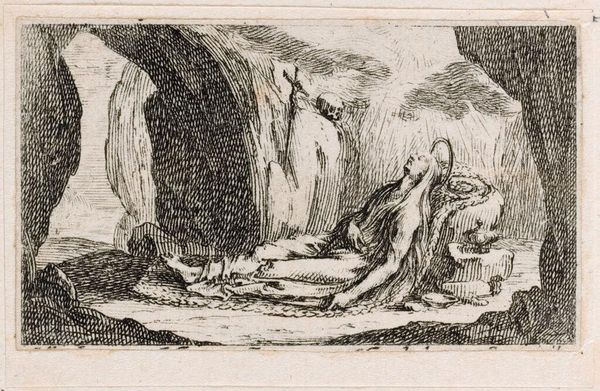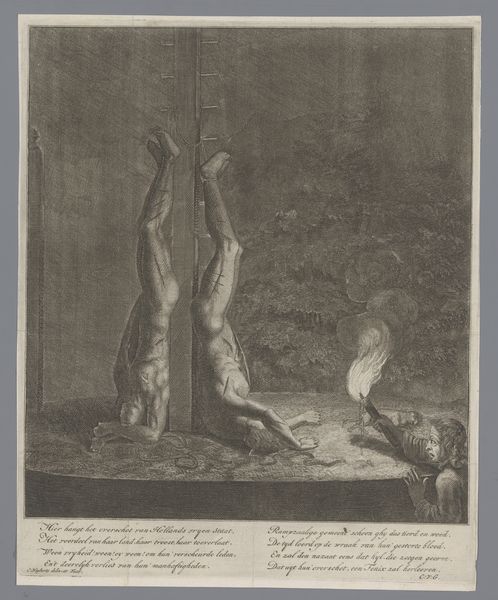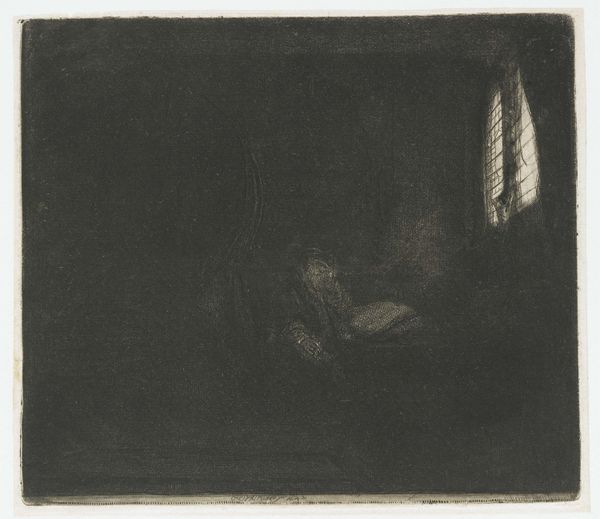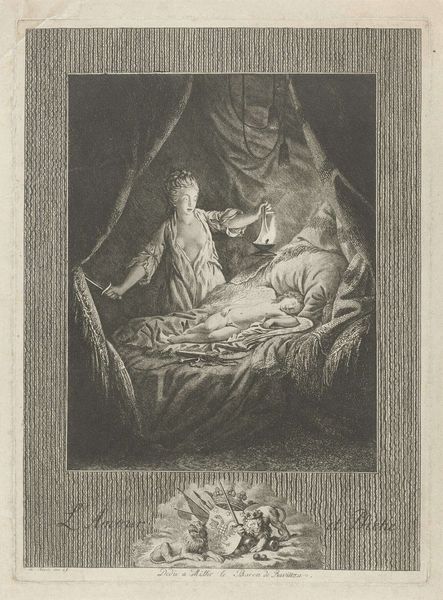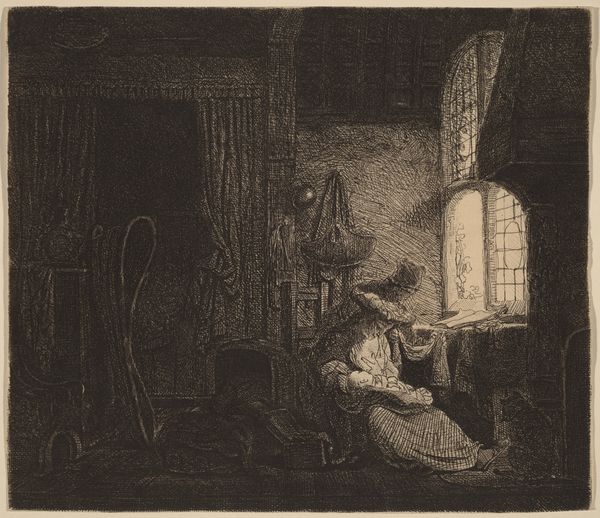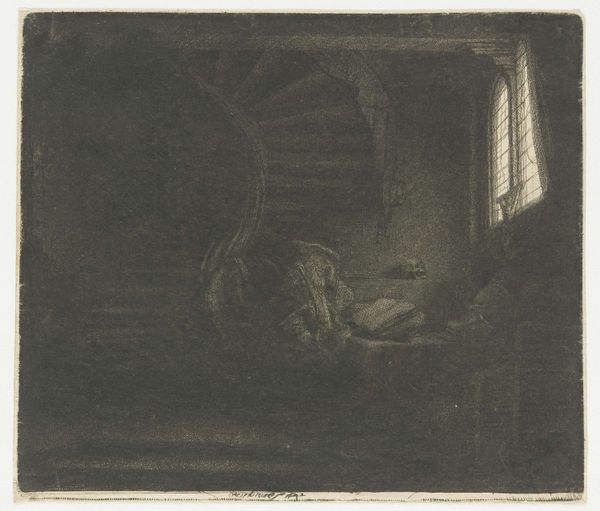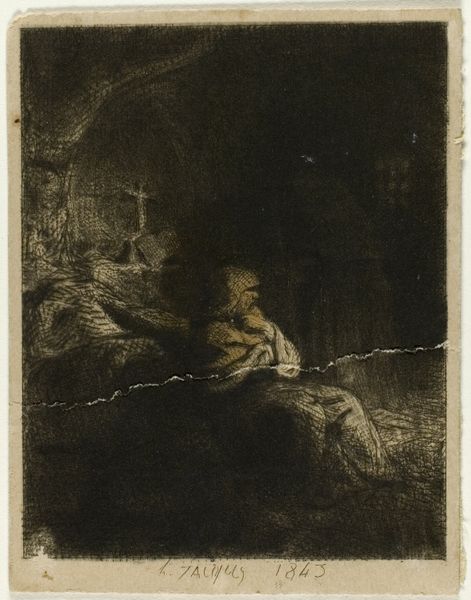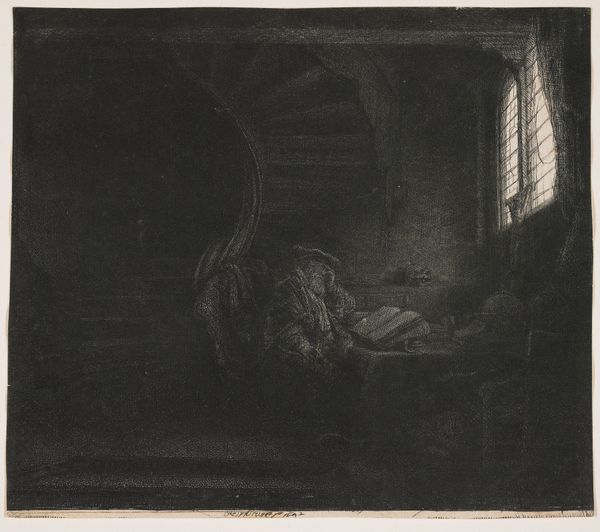
De verminkte lichamen van de gebroeders De Witt hangend aan de wip, 1672 1680 - 1749
0:00
0:00
print, engraving
#
narrative-art
#
baroque
# print
#
old engraving style
#
figuration
#
history-painting
#
engraving
Dimensions: height 136 mm, width 214 mm
Copyright: Rijks Museum: Open Domain
Curator: Here we have a rather disturbing historical print dating, most likely, from between 1680 and 1749. It is titled "The mutilated bodies of the brothers De Witt hanging on the gallows, 1672." Editor: Gosh, that title says it all, doesn't it? The scene is incredibly stark. The bodies, hanging upside down… it feels raw, exposed, like looking into something you shouldn't see. And there's a sort of... carnivalesque element. All that brutality rendered in such a clean, almost delicate medium. Curator: Yes, it’s Baroque in style, aligning with the artistic sensibilities of the era while serving a clear political purpose. Prints such as these were not neutral. They served as powerful pieces of propaganda. This engraving depicts the gruesome aftermath of the lynching of Johan and Cornelis de Witt, two prominent Dutch statesmen. Editor: Propaganda, definitely. It’s more than just documentation. Look at that figure crouched to the right with the torch, eyes wide with… well, I'm not sure what. Maybe reverence, or madness. And the dogs lounging nonchalantly. What’s your interpretation? Curator: The torchbearer adds a voyeuristic element, turning the event into a public spectacle. And the dogs… yes, symbols of base instincts, scavenging on the downfall of powerful men. It underscores the complete breakdown of social order. These prints would have been circulated widely, reinforcing a specific narrative around the events of that year. Editor: It’s horrifyingly effective. You've got the precision of the engraving playing against the barbarity of the scene. Makes you wonder who commissioned it, what stories they wanted this image to whisper in the dark. Did it scare people, invigorate them, what purpose did such artwork play back in that Era? Curator: Indeed. We have to understand these images in the context of the period's political and social upheavals. Its very stark portrayal speaks to the role imagery played in shaping public perception, and as evidence of the dangers when political passions overwhelm reason and justice. Editor: Thinking about the brothers De Witt themselves now... this is how they remain visualized today... Powerful reminder about our visual relationship to trauma... Well, I need a drink after that. Curator: A fitting end to our reflection on a very challenging, but nonetheless historically important work of art.
Comments
No comments
Be the first to comment and join the conversation on the ultimate creative platform.
